“The Iceberg” is the name of an architectural gem in Aarhus, Denmark, renowned for its unique design. The building, which resembles floating icebergs, features polished white concrete elements. This distinctive structure, consisting of 208 apartments, was designed collaboratively by the Danish architectural firms CEBRA and JDS Architects, the Dutch firm SeARCH, and the French firm Louis Paillard.
Project Information:
The Area
Aarhus Ø is a new and modern district in Aarhus, developed on a former container port site. Covering 800,000 square meters, it is one of Europe's largest waterfront development projects. The district is known for its architectural diversity, with impressive buildings rising between canals, creating a vibrant maritime atmosphere. Aarhus Ø hosts cafes, shops, restaurants, and residential areas, offering a unique blend of urban life and seaside charm.
The Building
Strategically positioned on its own bastion, The Iceberg features an elegant staircase that leads down to the water. The complex comprises three large L-shaped buildings and a fourth structure to the south. This architectural layout, combined with the 11 sloping roofs of varying heights, ensures optimal light and views for all apartments, including those further from the front. The roofs are clad in aluminum, and the blue balconies are made of materials that allow light to pass through, enhancing the building's visual impact. These elements together create a dynamic visual expression reminiscent of floating icebergs.
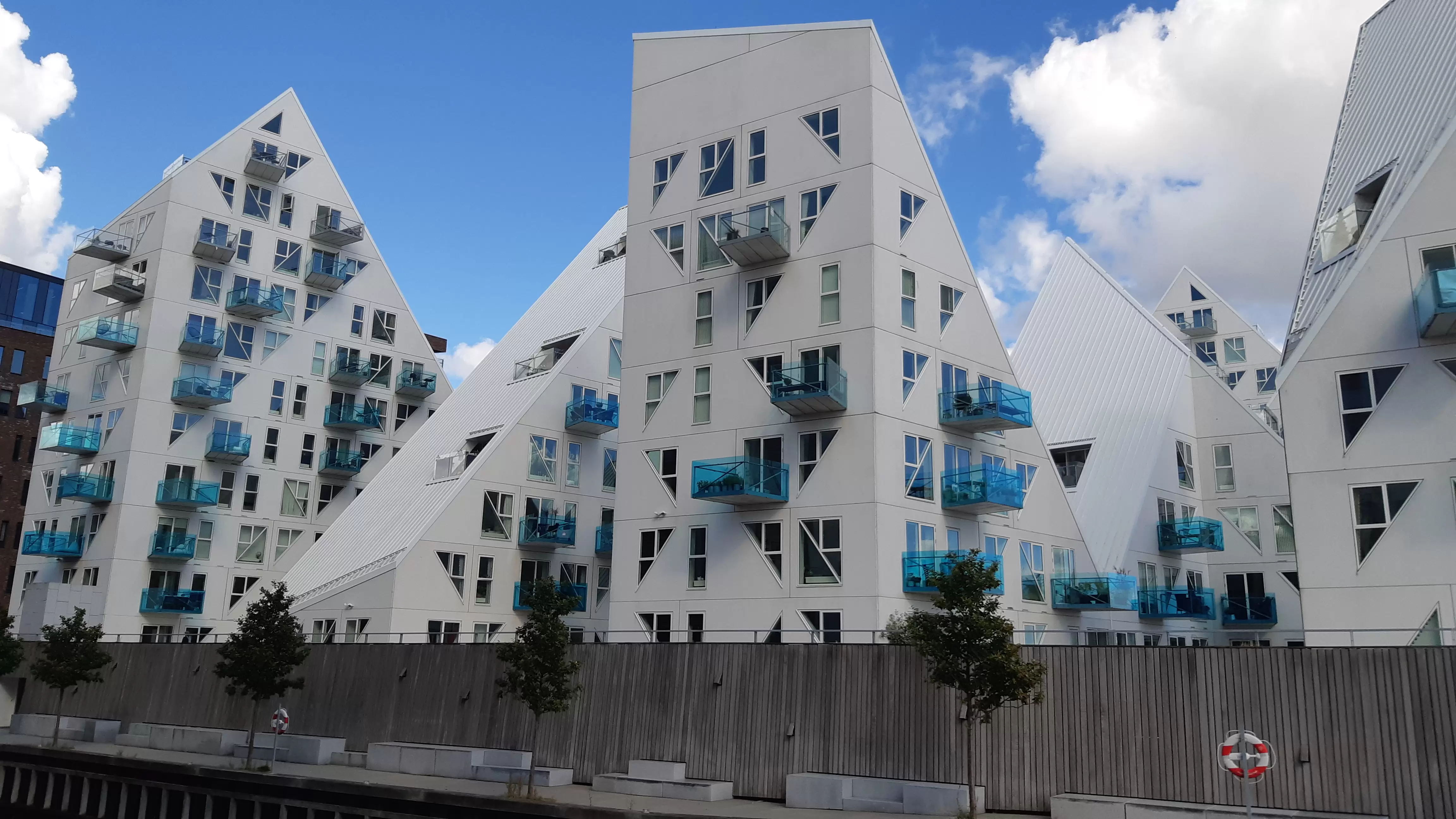
The distinctive architectural design with peaks and valleys, imitating floating icebergs.
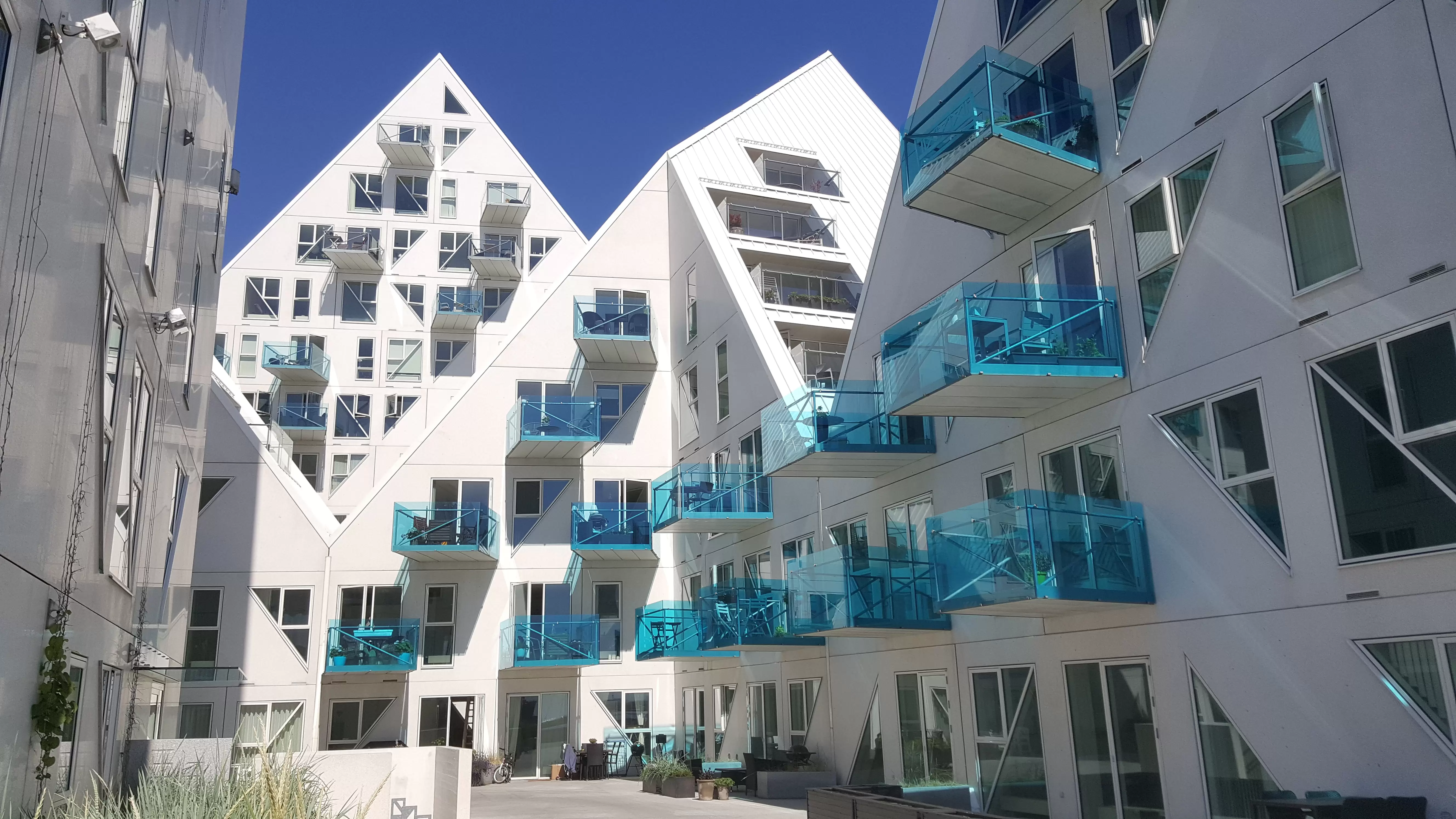
Colours of white and blue.
The Iceberg has received several prestigious awards, including "Best Residential Project" at MIPIM in Cannes and "Residential Mid Rise" at the Architizer A+ Awards in 2013, highlighting its architectural significance.
The Concrete
The facades of the building consist of 685 unique white concrete elements, polished to achieve a smooth and glossy surface, evoking the image of a shimmering iceberg. The total facade area exceeds 16,000 square meters.
The concrete, designed to withstand harsh environmental conditions due to the building's coastal location, is made from white cement sourced from Aalborg Portland and white marble aggregate from Greece. The white cement is sulphate-resistant thanks to its low content of the clinker mineral C3A, which ensures high durability. Additionally, the concrete incorporates 6% air through an air-entraining admixture, creating microscopic air bubbles that allow ice to form without causing damaging pressure, thus preventing frost damage.
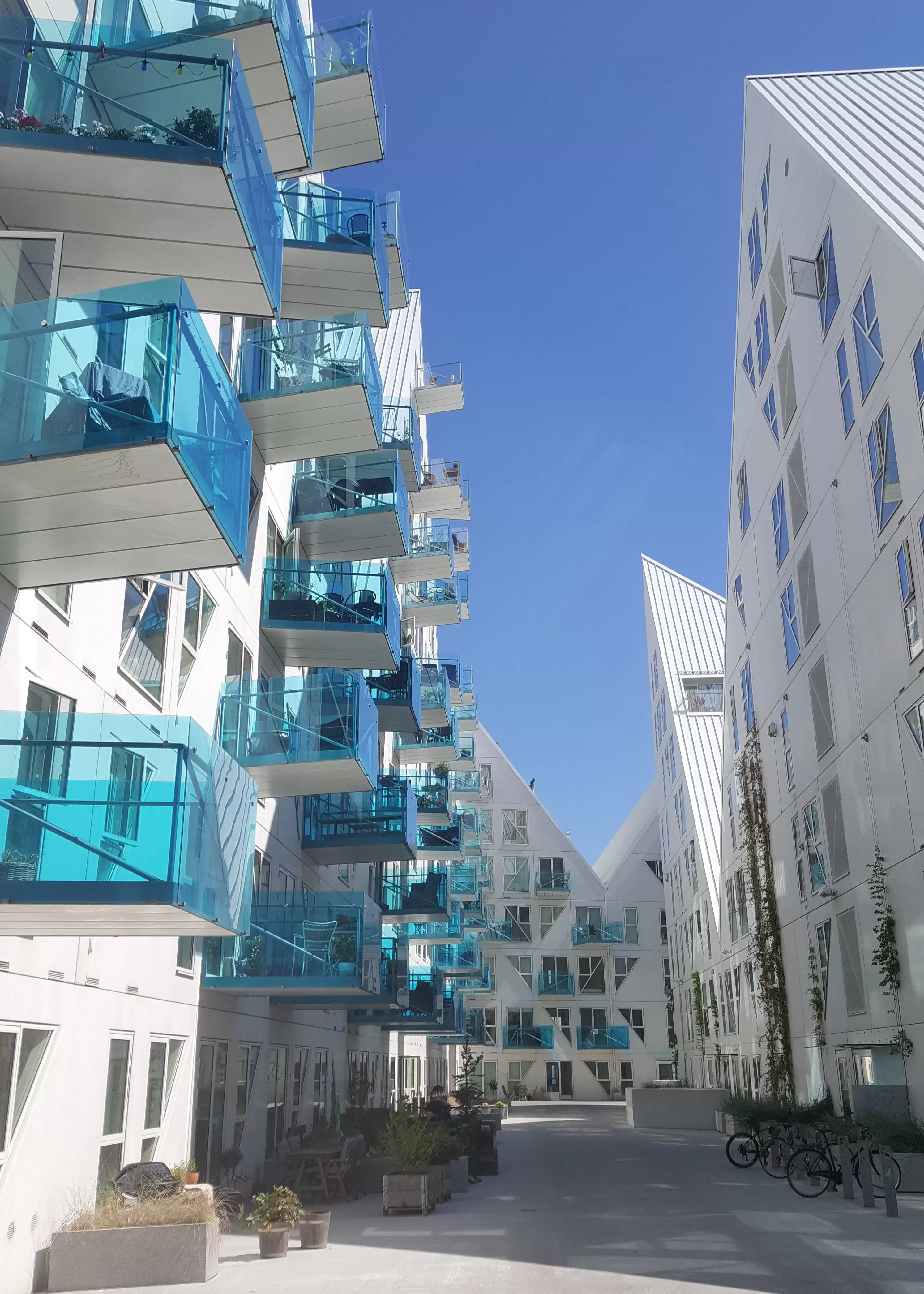
A view between the buildings with glossy facades and blue-tinted balconies.
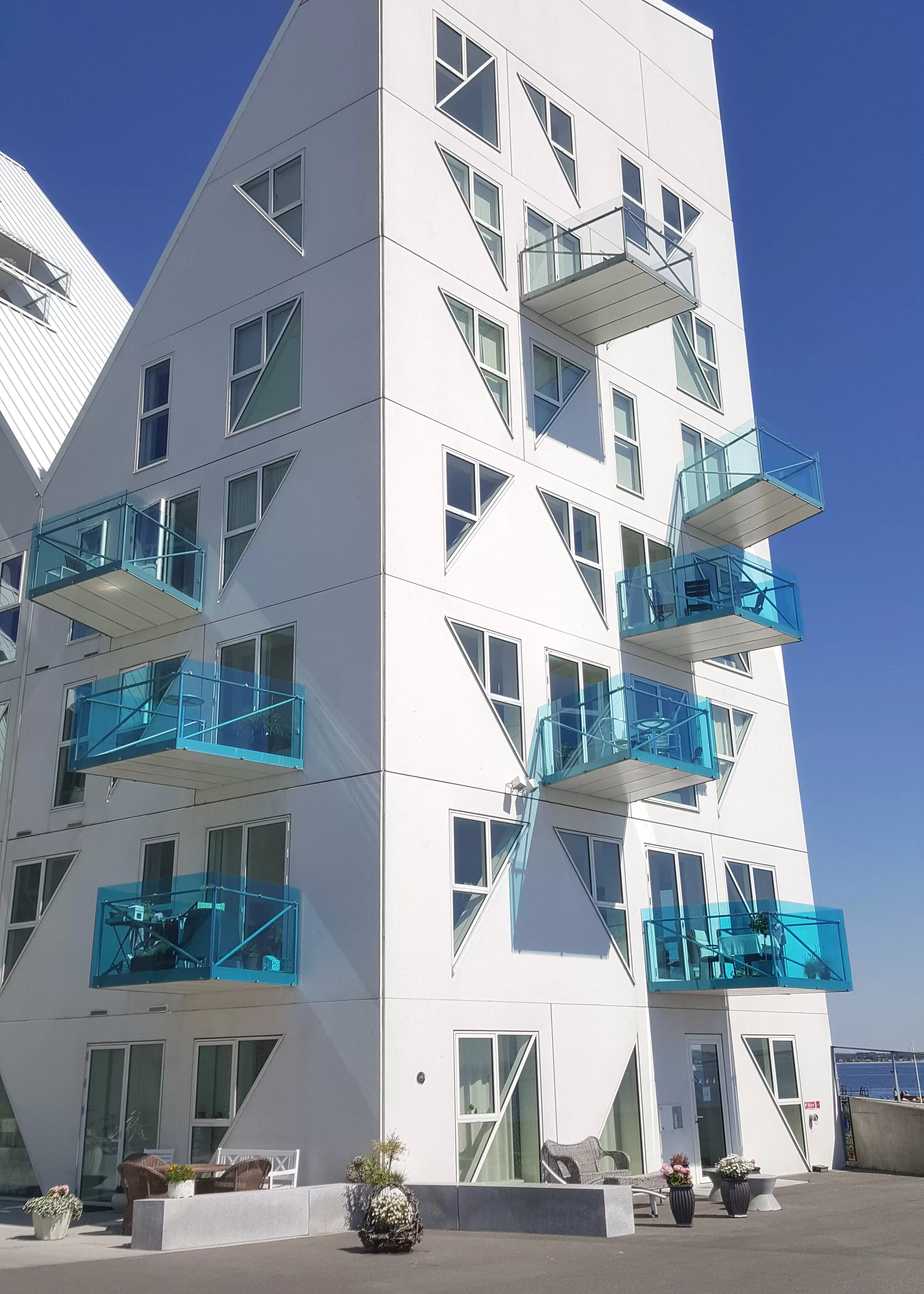
The outermost building facing the sea
The Aesthetic Durability
Even ten years after its construction, The Iceberg’s concrete facades remain pristine. This longevity is primarily thanks to the polished surfaces, which resist dirt and algae growth. Furthermore, runoff from the roofs and balconies down the facades is effectively prevented with specially designed shielding strips, preventing streaking and discoloration. The facades show no signs of damage from weathering or seawater.
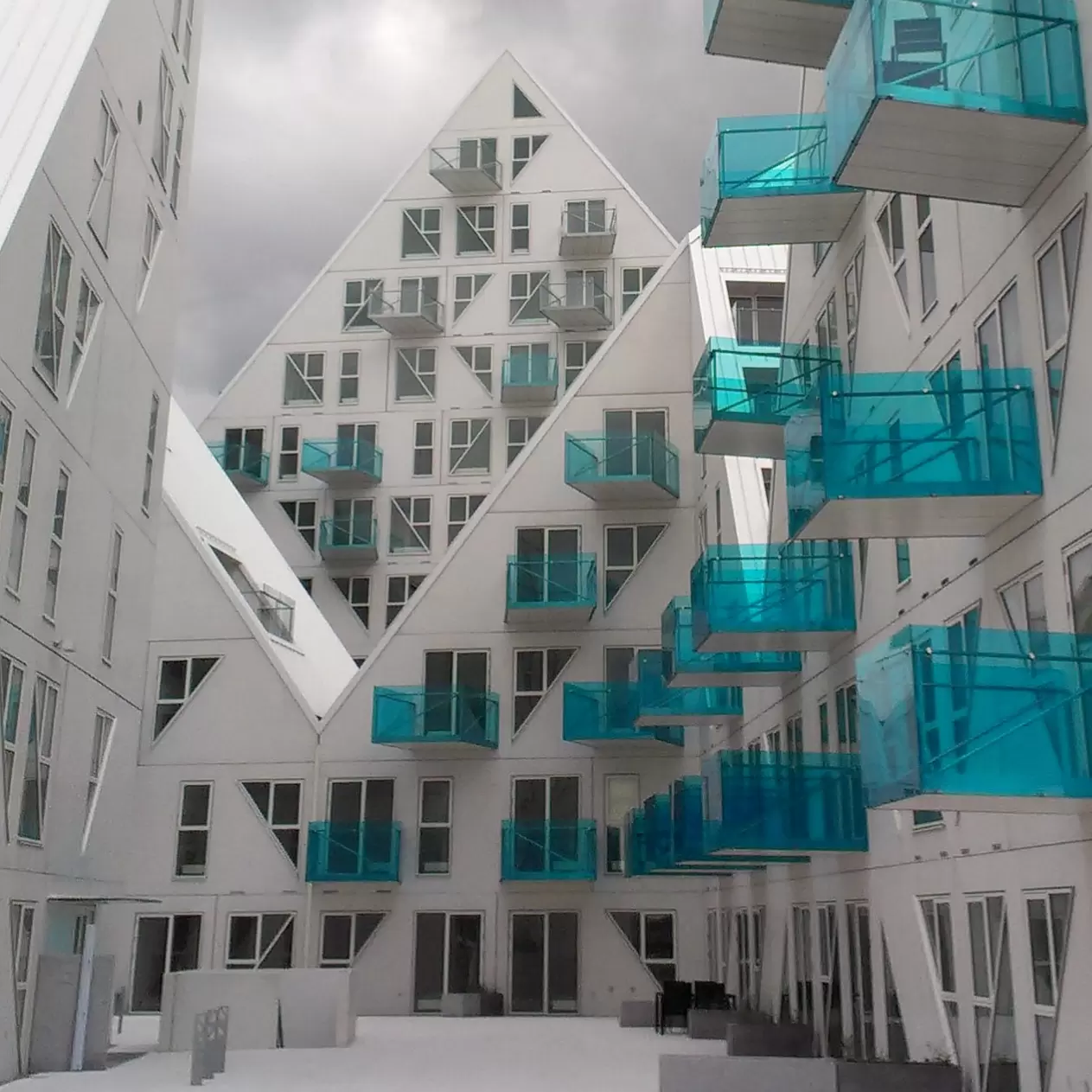
"The Iceberg" in 2013 (Left image) and 10 years later in 2023 (Right image) – showing no signs of weathering effects.
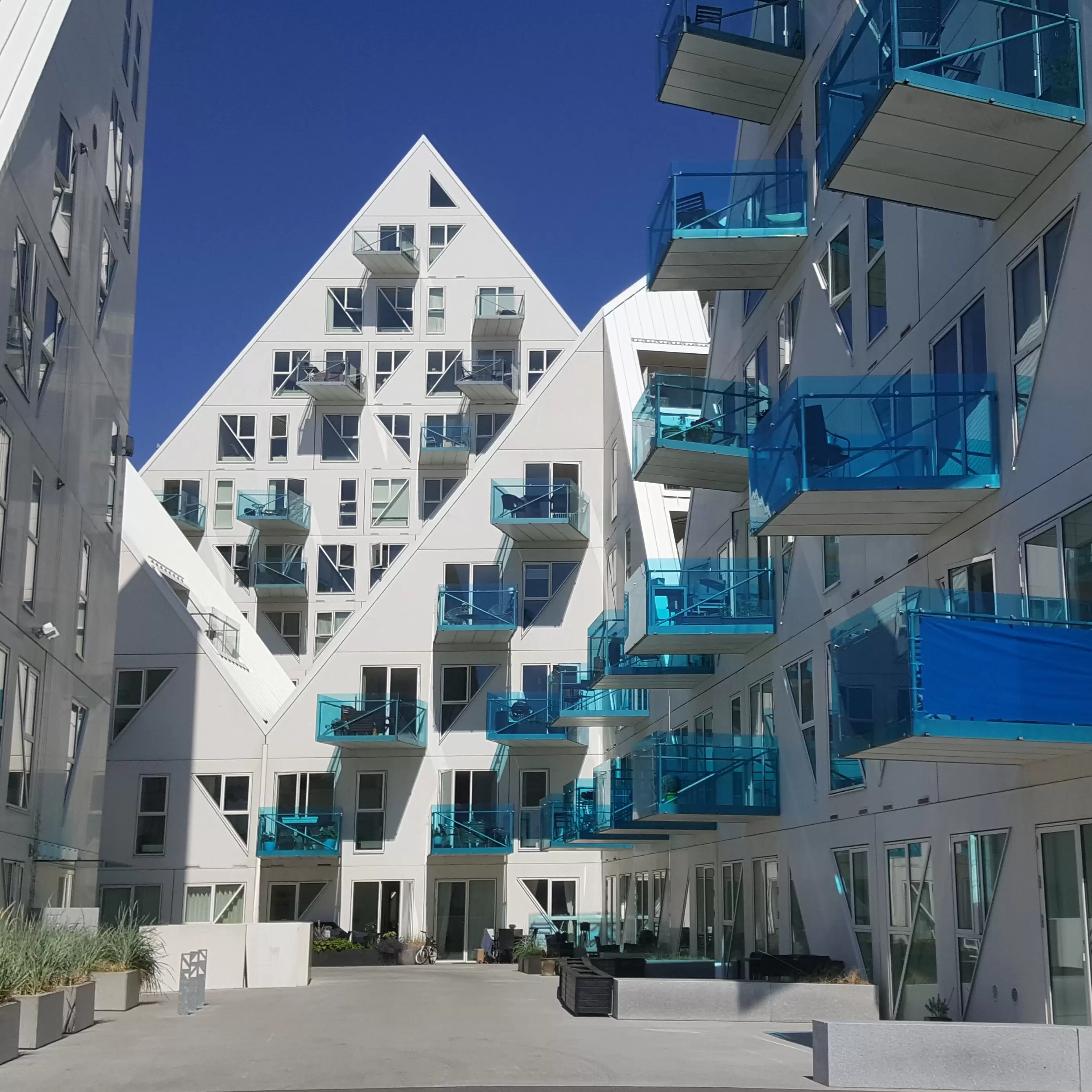
The Iceberg stands as a landmark in Aarhus Ø, symbolizing a harmonious balance between innovative architecture and environmental respect. It sets new standards for modern residential quality and aesthetics, influencing urban development in Denmark and Europe.
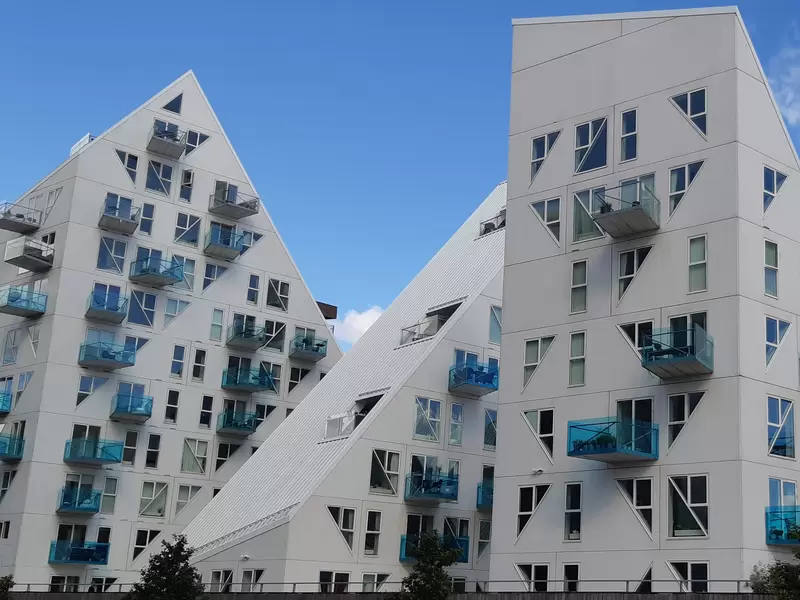
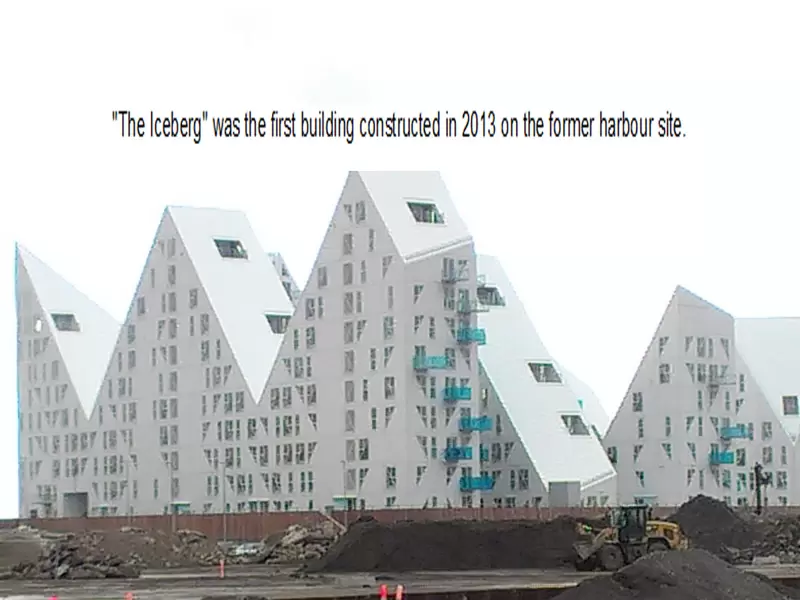
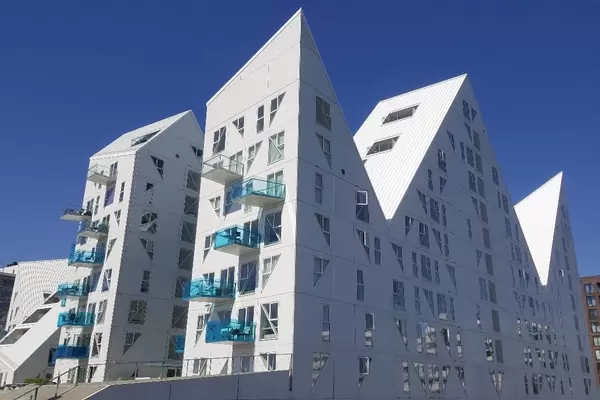
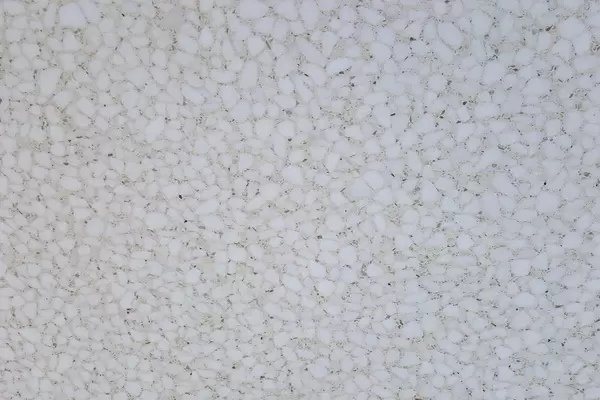
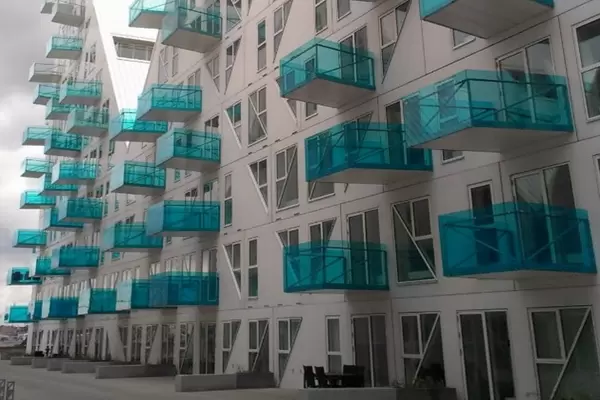
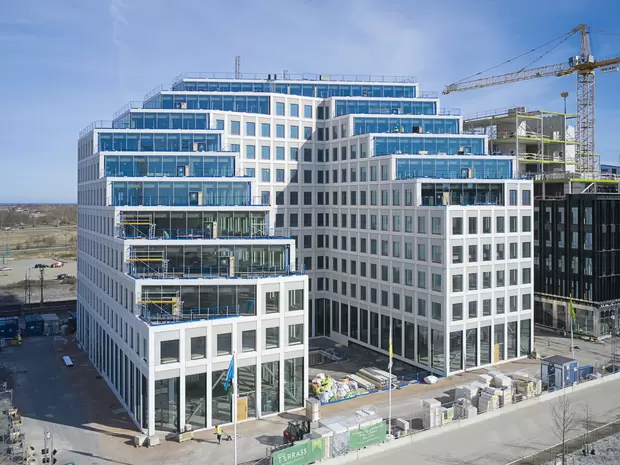
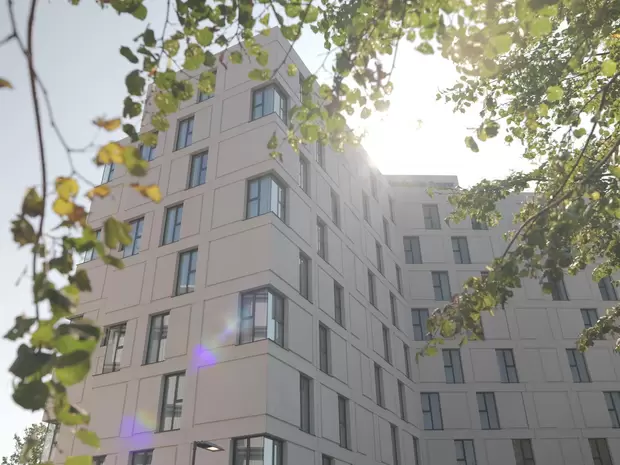
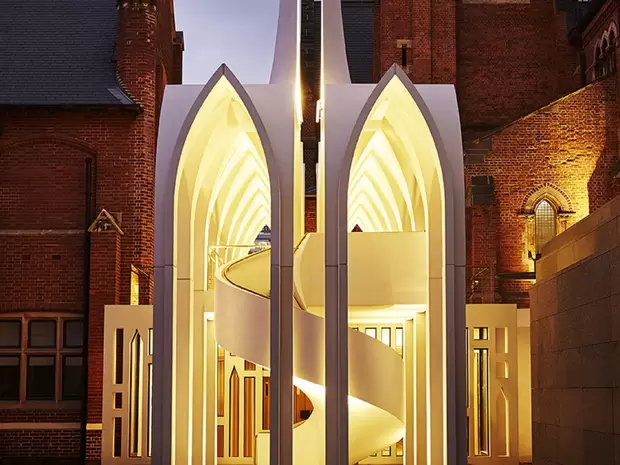

Share on